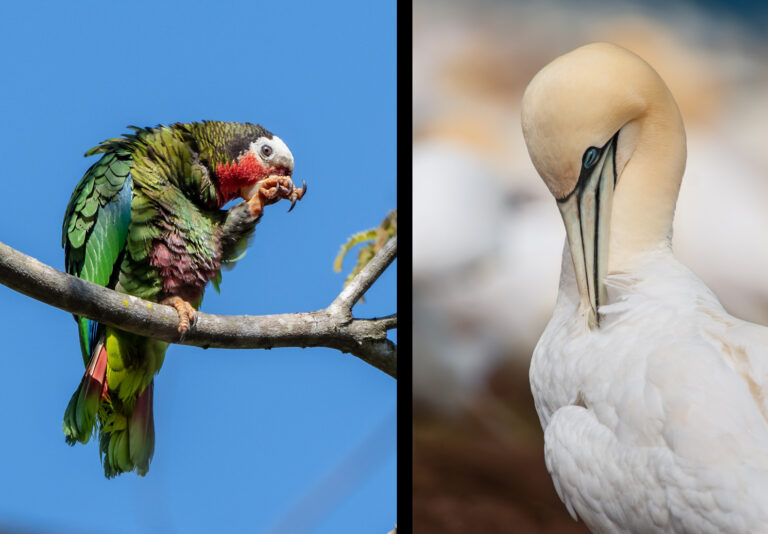
Birds spend roughly 10-25 percent of their time each day preening, but why? Why is this behavior so significant, and how can a bird photographer properly capture its importance?
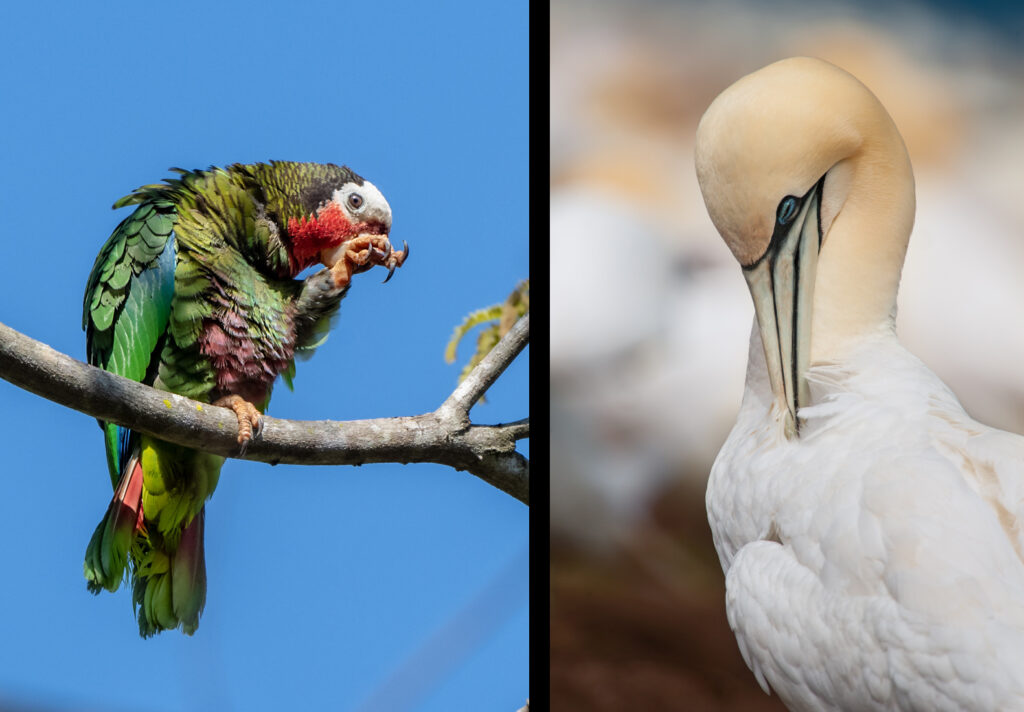
What Is Preening?
Preening is also called “maintenance behavior” and it is how birds keep their feathers in top condition. Different postures and actions may all be part of preening, from fluffing, stretching, and shaking so feathers are splayed out to nibbling or stroking individual feathers. Scratching can be part of preening feathers a bird can’t reach with its bill, and the different crazy “yoga” poses a bird may contort itself into are all part of preening as the bird rearranges and repositions feathers into their best alignment. Birds may also preen one another, a behavior called “mutual preening” or “allopreening” that could happen between two mated partners or simply among birds in a close-knit, social flock.

Why Preening Matters
A bird’s feathers are critically important to its well-being. While we may see feathers as just a pretty feature or part of a bird’s color or markings, feathers are actually insulating and protecting the bird to regulate its body temperature. Feathers also showcase a bird’s health and strength, which can help it find a mate or defend its territory. Particularly for waterfowl, feathers also provide waterproofing. For all birds, feathers help create a more aerodynamic form for more efficient flight, so the bird does not expend as much energy when flying.
Preening takes care of a bird’s feathers so they can perform all these functions. When a bird preens, it aligns its feathers in the right orientation, interlocking the tiny barbules along the edges of feathers to keep each feather tight together. Preening also removes any parasites, such as mites or lice, from the bird’s feathers, and distributes oil from a gland at the base of the bird’s tail to improve waterproofing. When birds preen each other, the close contact also improves their social or mating bond.
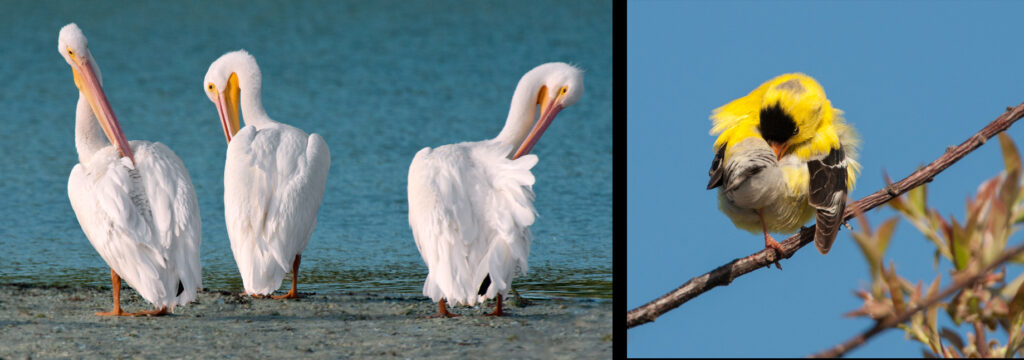
Photographing Preening
Because birds preen so frequently – as often as every hour when they’re resting – it’s easy to capture the behavior with photos that tell a story of a bird’s activities. Birds often preen while perched, but waterfowl may preen while floating on the water or birds may preen while on the ground as well. When the bird is preening it isn’t likely to take flight immediately, giving a photographer a chance to set up a photo well and capture the intriguing poses and postures this behavior presents.
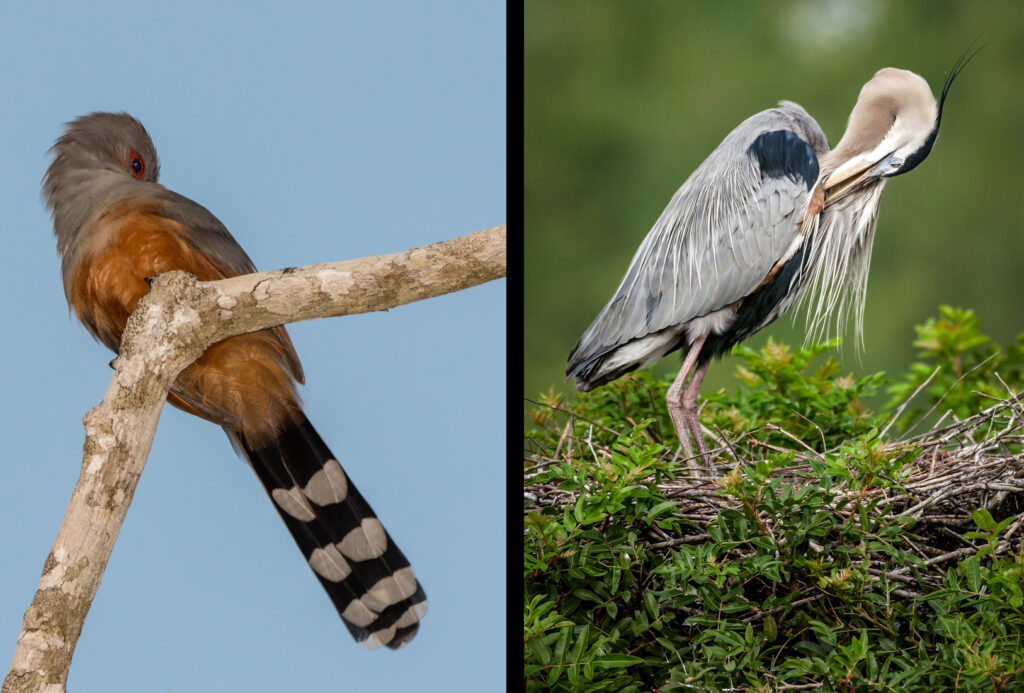
To capture preening in great detail, it is essential to adjust camera settings for the light level. This will ensure you capture the subtle color differences as feathers shift position, and will capture the best level of detail, especially in ruffled feathers. Clear focus is crucial, and using rapid shutter speeds or shooting in bursts will help capture the fast bill movement as a bird nibbles or strokes its feathers.
For the most charisma in each shot, focus on the bird’s face, particularly its eye. Even if the bird is preening a different part of its body, having that eye in focus will capture the expression of concentration on the bird’s face, adding character and depth to the photo. At the same time, don’t neglect the whole posture of the bird, framing the shot to capture the surroundings as well. With ducks and wading birds, this may also include a reflection on the water as the bird preens, which will add even more dimension to each shot.
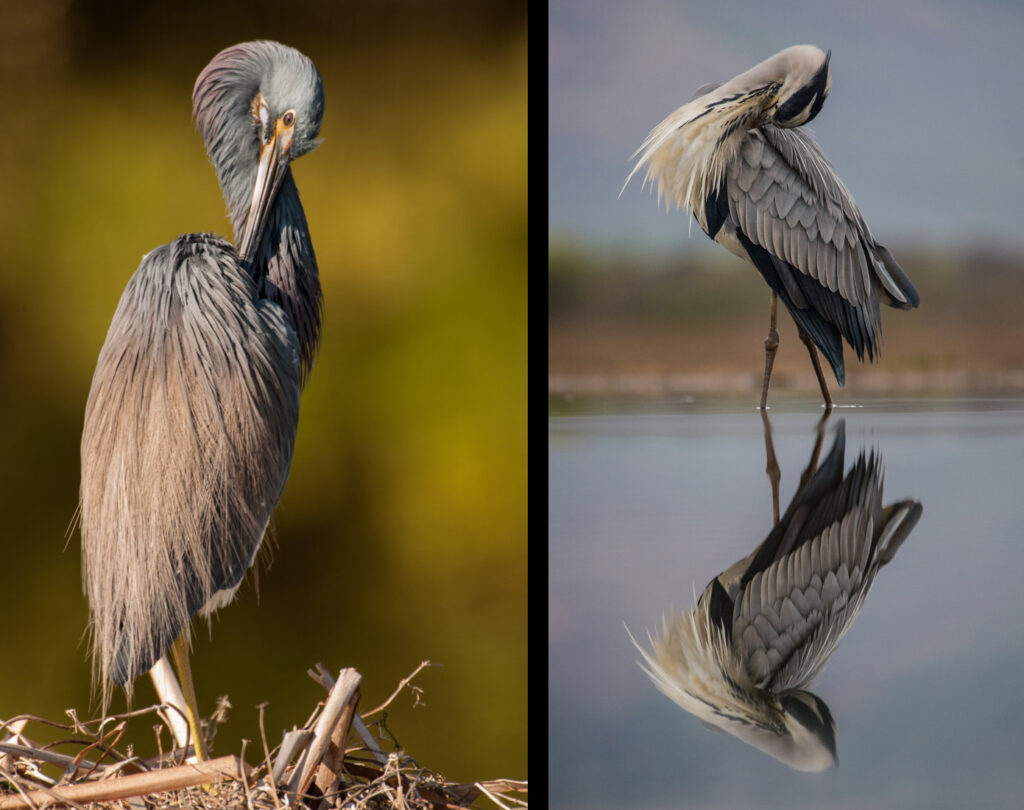
Birds take great care to keep their feathers in peak condition, for many good reasons. We should also take great care in capturing preening behavior in amazing photos to showcase this essential behavior. The more we learn about the lives and activities of birds, the more we can appreciate their beauty and enjoy the individuality of each bird we see.


